EDITORIAL
Published on 30 Jun 2022
Editorial: Timetrees: Incorporating fossils and molecules
doi 10.3389/fgene.2022.937763
- 949 views
16k
Total Downloads
103k
Total Views and Downloads
Select the journal/section where you want your idea to be submitted:
EDITORIAL
Published on 30 Jun 2022
HYPOTHESIS AND THEORY
Published on 12 May 2021
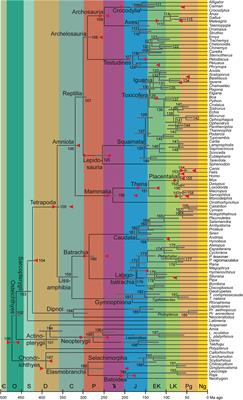
REVIEW
Published on 16 Oct 2020

ORIGINAL RESEARCH
Published on 08 Jul 2020
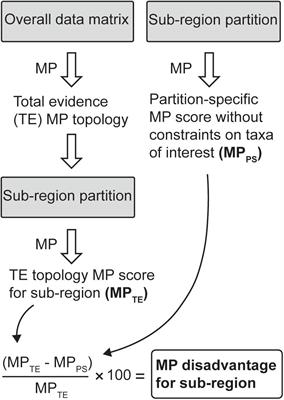
ORIGINAL RESEARCH
Published on 26 Jun 2020
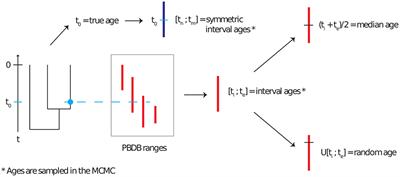
HYPOTHESIS AND THEORY
Published on 27 May 2020

ORIGINAL RESEARCH
Published on 20 Mar 2020
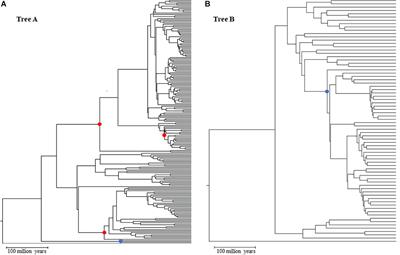
BRIEF RESEARCH REPORT
Published on 11 Mar 2020

ORIGINAL RESEARCH
Published on 17 Jan 2020
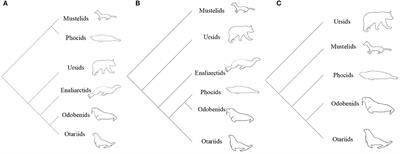
SYSTEMATIC REVIEW
Published on 29 Nov 2019
REVIEW
Published on 12 Nov 2019
ORIGINAL RESEARCH
Published on 31 Oct 2019

Frontiers in Ecology and Evolution
Frontiers in Plant Science
Evolutionary and Population GeneticsOffline